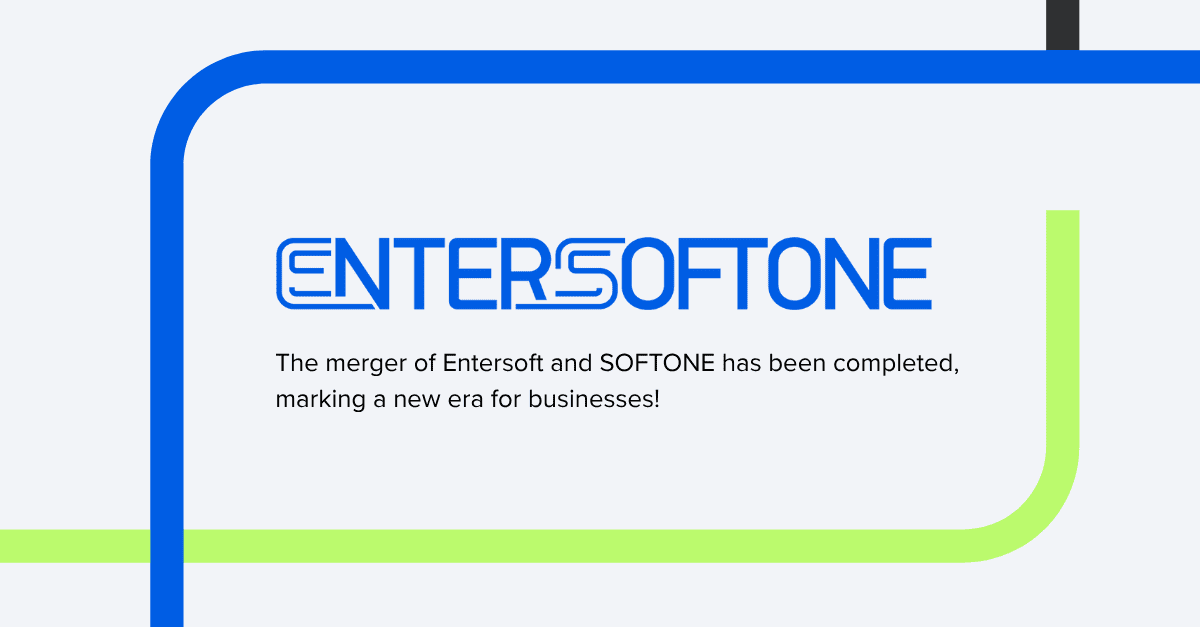Share
Read also

News & Events
ENTERSOFTONE: The merger of Entersoft and SOFTONE has been completed, creating the largest provider of business software products and services in Greece and Southeast Europe.

Mobility
Outlook for the BYOD and EM market from 2025 to 2035

Cloud
The Cloud CRM market will see impressive growth by 2033

Mobility
Key trends in Sales Force Automation
One of the most important factors pertaining to enterprise mobility is the maturity model. According to a series of surveys and researches, there is a proven relationship between the performance of a business and the degree of its maturity in terms of enterprise mobility. Thus, businesses with a higher maturity degree and a clear strategy appear to have a higher rate of revenue increase and better operational margins.
So, what does a business need in order to support and adopt a beneficial, mature model? The answer can be summed up to three words: awareness, reaction and prevention.
Identifying the three maturity stages
Although mobility and the use of mobile phones, in general, has skyrocketed around the world, there are still organizations that have not adapted their strategy to this new reality. They are in the so-called “awareness” stage. Their employees bring and use their mobile devices at work following the BYOD trend, but they are free to install any and all the applications they want! While this can have a positive effect on the employees’ performance, at the same time it raises important questions and creates significant risks for the safety and confidentiality of business data.
The moment an organization becomes aware of the risks created when there are no limitations to the use of devices and applications, they enter the “reaction” stage. In other words, they start taking specific measures, such as installing enterprise mobility management software, while at the same time they prepare and start implementing detailed BYOD policies, thus considerably restricting the installation and use of applications. As a result, those organizations enhance the levels of information and data protection, the only drawback being the potential negative effects on their personnel’s overall productivity.
The ability to anticipate and prevent is considered an advantage when it comes to corporate administration, since it allows businesses to save time and money, among other things. Therefore, an increasing number of managers are beginning to realize the difficulties and limitations imposed by mobile device management and the concurrent transition to an adoption of a mobile content and applications management model, and start developing the dashboards and custom mobile applications required to manage business operations, facilitate sales and actively support and cooperate with their customers.
As usual, action is quite different than theory and therefore, it is not rare for businesses to come across great difficulties – or even failures – in the process of moving on from “awareness” to “reaction”.
You may be wondering why anyone should care about the maturity degree in terms of enterprise mobility. It is actually quite simple: If you consider revenue increase, improved profit margins, enhanced productivity, streamlining of operational processes and documented app development to be important, you simply have to make enterprise mobility part of your daily operations!







